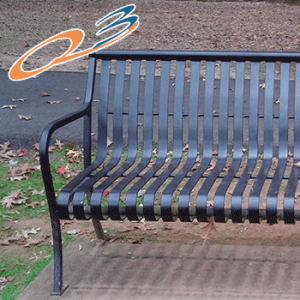Q3 2012 Pay-Per-Click (PPC) Benchmarks – What Marketers Need to Know
 Marin Software, one of the leading paid search management platforms, recently released their Q3 2012 PPC benchmark report (you can download it here). A few quick caveats to keep in mind
Marin Software, one of the leading paid search management platforms, recently released their Q3 2012 PPC benchmark report (you can download it here). A few quick caveats to keep in mind
- This data is from businesses/agencies with over 1M in paid search spend annually
- Canada is lumped into the ‘US’ part of the report.
There are tons of interesting insights to be found within the report, but I thought I would share my top three insights:
1. Impressions and Clicks Up, Cost-Per-Click (CPC) Down
Both impressions and clicks are up about 20% year-over-year. This increase is across most industries, with the exception of B2B. Perhaps more importantly, the rise in search volume has also helped decrease CPCs, which are down by about 15% – from an average of $0.95 to $0.82 per click.
Why you should care: Impressions and clicks rising means that more searches are being executed, which essentially means that the pie of potential customers from paid search is also increasing. The decrease in CPCs is also definitely good news for marketers everywhere, as they can get more clicks for less money.
2. Google – Still the One
Although Google’s search market share is 65% in the US, according to ComScore, Marin estimates that Google brings in a whopping 81% of all PPC spend and about 79% of clicks. This leaves Bing/Yahoo well behind, but in a solid second place with a fragmented field making up the remaining.
Why you should care: For medium-large sized companies, a solid paid search mix may involve a number of engines. Although it is important to be sufficiently investing in the market leader, diversifying to Bing/Yahoo with part of your PPC budget can be a good way to not put all of your eggs in one basket.
3. Mobile PPC on the Move
Marin is predicting that tablet and smartphone clicks will account for 25% of all PPC clicks by the end of 2012. Digging a bit deeper, smartphones currently represent 11% of clicks from PPC but only 7% of the total PPC spend. The Click through rate percentage for smartphones is also more than double that of PCs (2.26% vs 4.93%).
Why you should care?
Not having a mobile strategy is becoming less and less of an option for medium and large sized companies – particularly ones that consider themselves tech-savvy. As mentioned by Cameron in a previous post, the value of advertising on mobile is apparent. Searchers are migrating towards these platforms, so marketers need to be there. This being said, having a mobile-specific or mobile-optimized website is the bedrock of any mobile strategy. After all, if users won’t have a good experience on your mobile site, what’s the point of paying money to drive them to it?
How does your company’s PPC benchmarks stack-up against the ones in the report?